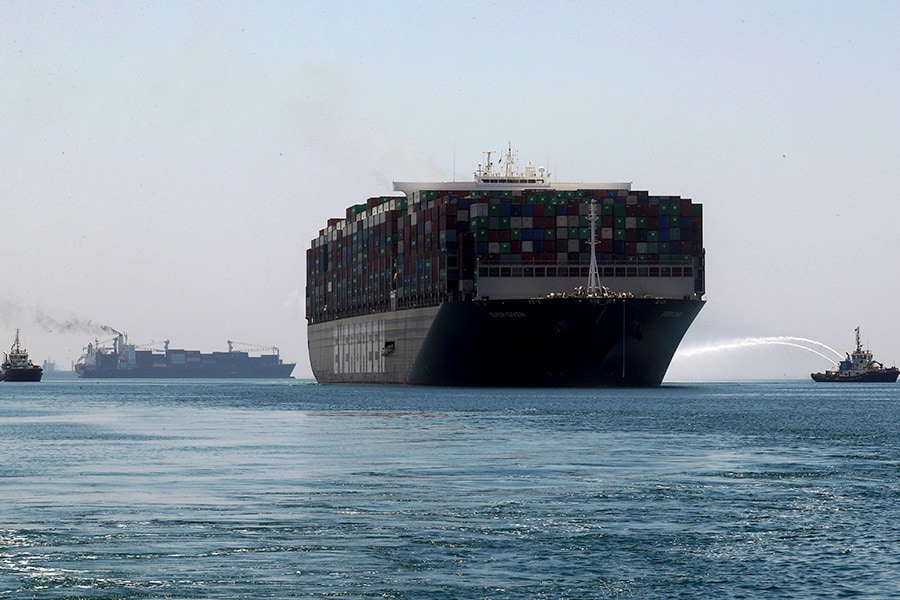
Making supply chains deliver more than just faster, cheaper products
Hau Lee envisions a system that benefits buyers, consumers, workers, and the environment
 Most people never give a thought to the world’s surprisingly fragile trade networks until they break.
Most people never give a thought to the world’s surprisingly fragile trade networks until they break.
Image: Amr Abdallah Dalsh/ Reuters
Supply chains are having a moment. In March, one of the world’s largest container ships got wedged in the Suez Canal, blocking 10% of global trade for a few days and launching a flotilla of memes. Currently, home builders are waiting for more lumber, while a shortage of computer chips has slowed down the auto industry. Steel, coffee, ketchup, and toilet paper are also in short supply. Earlier this month, the Biden administration launched a Supply Chain Disruptions Task Force to address “supply/demand mismatches” as the post-pandemic economy restarts.
Of course, even when they’re not making headlines, supply chains are always there. Yet most people never give a thought to these invisible and surprisingly fragile networks of trade that make modern life possible — until they break.
Hau Lee, the Thoma Professor of Operations, Information & Technology and codirector of the Value Chain Innovation Initiative at Stanford Graduate School of Business, has been thinking about supply chains and their impacts for four decades. For him, the recent spotlight on his area of expertise provides an opportunity to think beyond the narrow, technical questions of logistics and efficiency, and to examine instead the bigger question of how, precisely, a supply chain might address some of the world’s most urgent social and environmental challenges.
A recent special issueopen in new window of Production and Operations Management is dedicated to Lee and his service to the field. In it, he presents his perspective in an article titled “Supply Chains with a Conscience,” which explores how supply chains can and should be harnessed to run factories fairly and minimize ecological damage. “We are adopting technologies to make global supply chains more efficient and flexible and to serve consumers well,” Lee says. “At the same time, we should be sure we are not doing harm to society — and, ideally, not only not doing harm, but contributing back.”
This piece originally appeared in Stanford Business Insights from Stanford Graduate School of Business. To receive business ideas and insights from Stanford GSB click here: (To sign up: https://www.gsb.stanford.edu/insights/about/emails)







